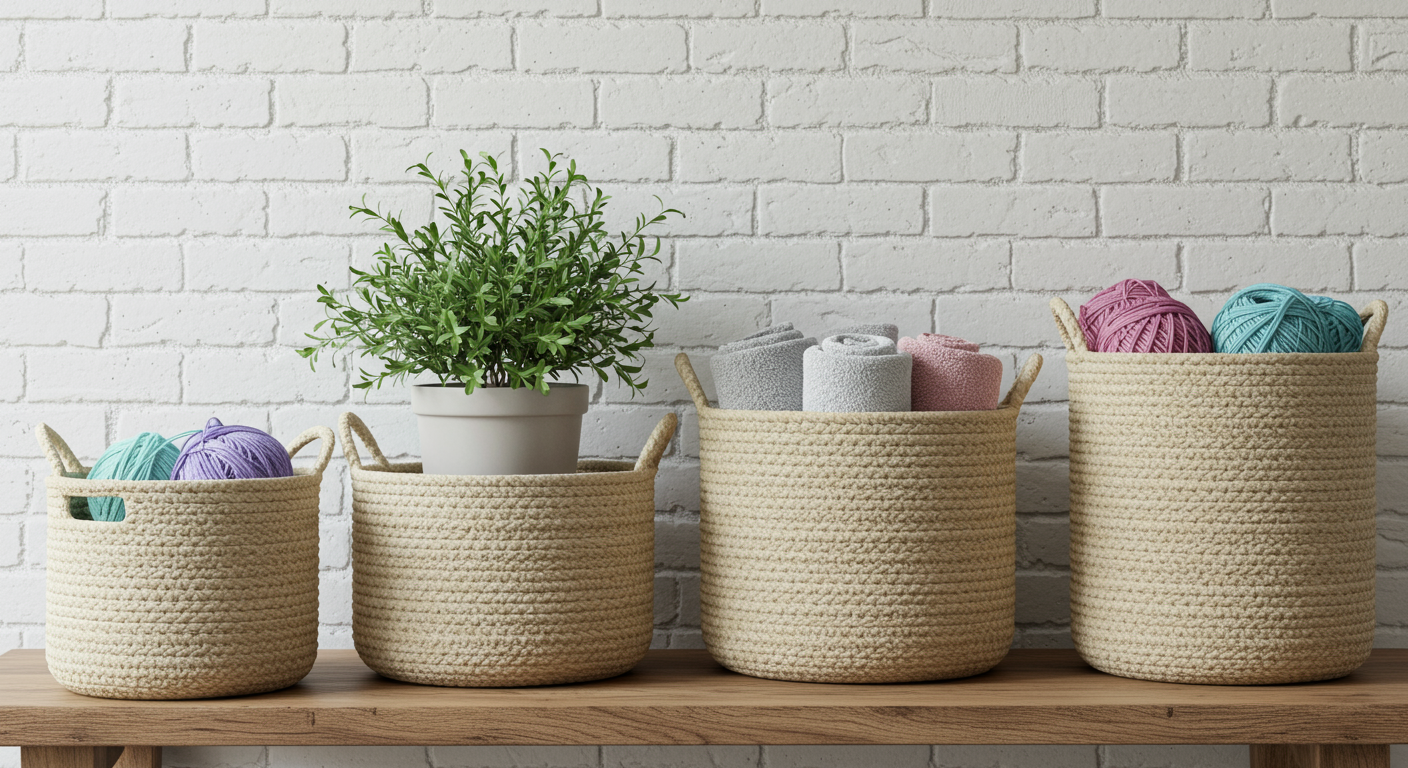Now Reading: DIY Idea: Create Your Own Unique Fabric Placemats
- 01
DIY Idea: Create Your Own Unique Fabric Placemats
DIY Idea: Create Your Own Unique Fabric Placemats

Introduction: Elevate Your Dining Experience with Homemade Placemats
Are you looking for a simple yet impactful way to personalize your dining table? Look no further than creating your own fabric placemats! This DIY project is perfect for beginners and seasoned sewers alike, offering a fantastic opportunity to express your creativity and add a unique touch to your home decor. Sewing your own placemats not only allows you to choose fabrics that perfectly complement your style but also provides a sustainable and cost-effective alternative to store-bought options.
In this tutorial, we’ll guide you through the step-by-step process of creating beautiful and durable fabric placemats. We’ll cover everything from selecting the right fabrics and tools to mastering basic sewing techniques. Get ready to transform your dining experience with these charming, handmade additions!
Materials and Tools: Gathering Your Supplies
Before we dive into the sewing process, let’s gather all the necessary materials and tools. Having everything prepared beforehand will streamline the project and ensure a smooth and enjoyable experience.
- Fabric: Choose fabrics that are durable, washable, and complement your dining decor. Cotton, linen, and blends are excellent choices. Consider using different fabrics for the front and back of the placemat to add visual interest. You’ll need approximately 1/2 yard of fabric per placemat.
- Batting (Optional): Batting adds a layer of padding and insulation to your placemat, protecting your table from heat and spills. Choose a thin batting, such as cotton or polyester batting.
- Thread: Select a thread that matches or complements your fabric. All-purpose polyester thread is a reliable option.
- Sewing Machine: A basic sewing machine is essential for this project.
- Scissors or Rotary Cutter: Use sharp scissors or a rotary cutter and cutting mat for precise fabric cutting.
- Ruler or Measuring Tape: Accurate measurements are crucial for creating even and professional-looking placemats.
- Pins: Straight pins are used to hold the fabric layers together while sewing.
- Iron and Ironing Board: Ironing is essential for creating crisp edges and a polished finish.
- Marking Tool: Use a fabric pen or chalk to mark cutting lines and seam allowances.
Step-by-Step Tutorial: Sewing Your Fabric Placemats
Now that you have all your materials and tools, let’s begin the sewing process. Follow these step-by-step instructions to create your own beautiful fabric placemats:
- Cut the Fabric: Determine the desired size of your placemats. A standard size is 12×18 inches. Cut two pieces of fabric (front and back) and one piece of batting (optional) to this size.
- Layer the Fabric: If using batting, layer the fabric as follows: back fabric (right side down), batting, and front fabric (right side up). If not using batting, layer the fabric with right sides facing each other.
- Pin the Layers Together: Secure the fabric layers together with pins, placing them approximately every 2-3 inches around the perimeter.
- Sew Around the Perimeter: Using a 1/2-inch seam allowance, sew around the perimeter of the placemat, leaving a 4-5 inch opening on one side for turning. Backstitch at the beginning and end of the seam to secure the stitches.
- Trim the Corners: Trim the corners of the placemat to reduce bulk and create sharper corners when turned right side out.
- Turn Right Side Out: Carefully turn the placemat right side out through the opening. Use a point turner or a blunt object to push out the corners.
- Press the Placemat: Press the placemat with an iron to create crisp edges and a flat surface. Pay close attention to the opening, pressing the seam allowance inward.
- Topstitch Around the Perimeter: Topstitch around the perimeter of the placemat, close to the edge (approximately 1/4 inch). This will close the opening and add a decorative finish. Backstitch at the beginning and end of the topstitching.
- Optional: Quilting: For added detail and durability, you can quilt the placemat by stitching lines or patterns across the surface.
No products found.
Creative Variations and Design Ideas
The beauty of DIY projects lies in the opportunity to customize and personalize them to your own taste. Here are a few creative variations and design ideas to inspire your fabric placemat creations:
- Fabric Combinations: Experiment with different fabric combinations, such as contrasting colors, patterns, or textures.
- Appliqué: Add appliqué designs to your placemats, such as floral motifs, geometric shapes, or personalized monograms.
- Patchwork: Create a patchwork placemat by piecing together small squares or rectangles of fabric.
- Embroidery: Embellish your placemats with hand or machine embroidery.
- Reversible Placemats: Make your placemats reversible by using different fabrics on each side.
- Unique Shapes: Don’t limit yourself to rectangular placemats. Experiment with different shapes, such as oval, round, or even irregular shapes.
- Adding Trims: Add trims like lace, ribbon, or pom-poms to the edges for a decorative touch.
Remember to let your creativity flow and have fun with the design process!
Care and Maintenance: Keeping Your Placemats Looking Their Best
To ensure your fabric placemats last for years to come, proper care and maintenance are essential. Here are a few tips to keep your placemats looking their best:
- Washing: Machine wash your placemats in cold water on a gentle cycle. Use a mild detergent.
- Drying: Tumble dry on low or hang to dry. Avoid using high heat, as it can damage the fabric and batting.
- Ironing: Iron your placemats while they are still slightly damp to remove wrinkles and maintain a crisp appearance.
- Stain Removal: Treat stains promptly with a stain remover or a mild soap and water solution.
- Storage: Store your placemats in a clean, dry place.
By following these simple care instructions, you can keep your fabric placemats looking beautiful and fresh for years to come.
No products found.















